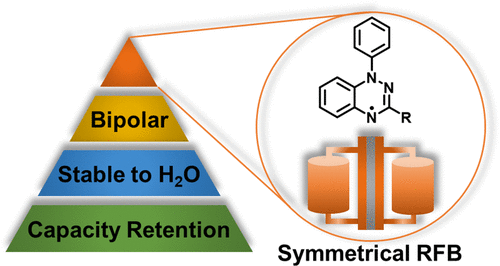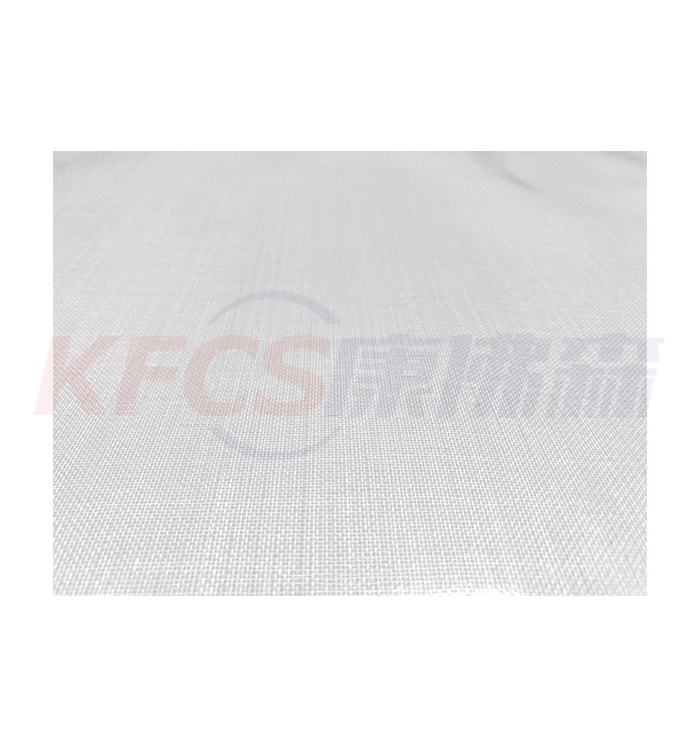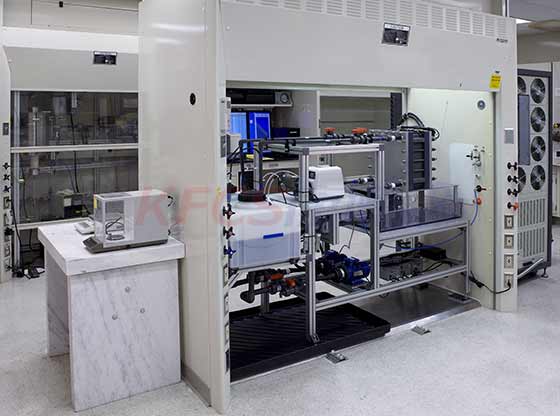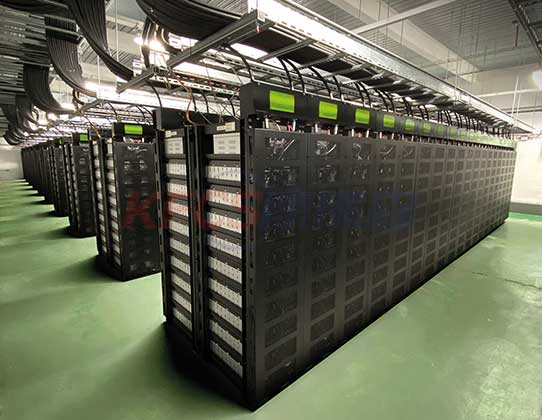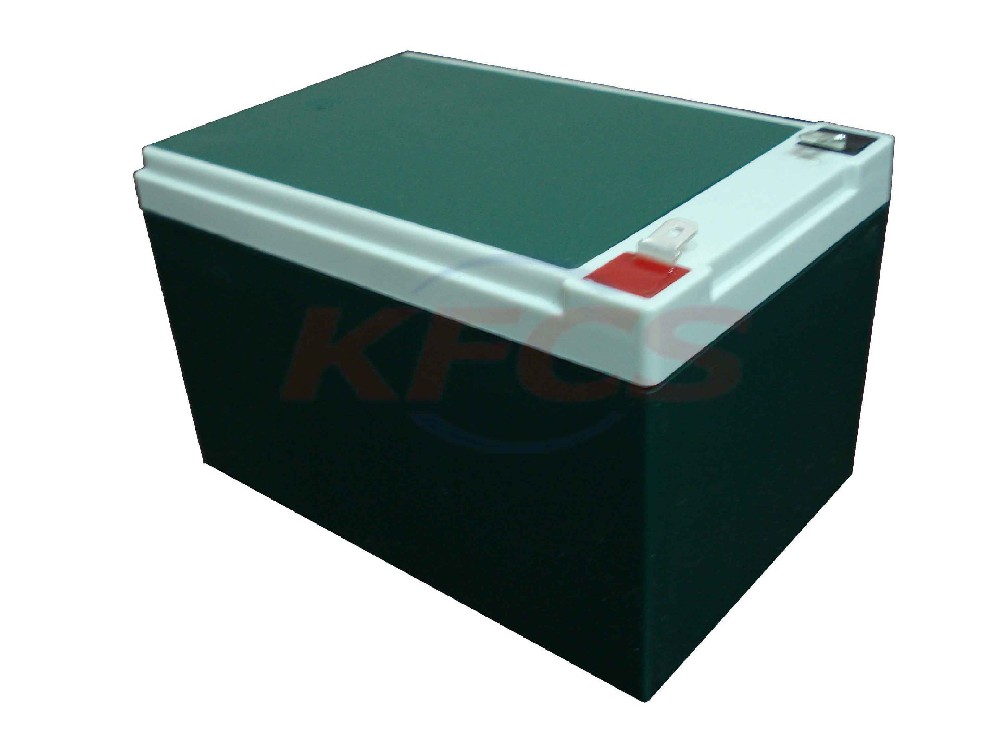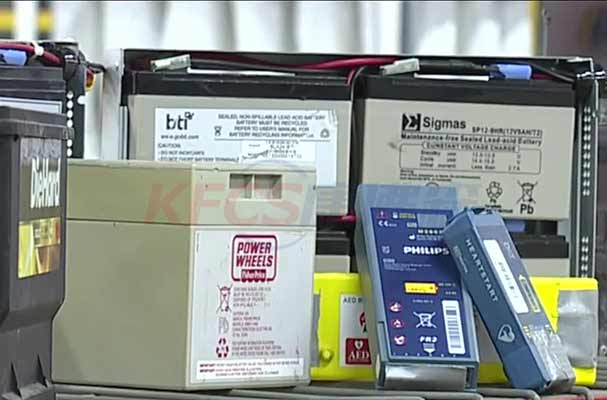Tiny battery-free sensing device floats with the wind
2022-03-18
Inspired by dandelion's use of wind to disperse seeds, a US research team has developed a portable device with tiny sensors that can be blown away by the wind as it tumbles toward the ground. Once on the ground, the unit can hold at least four sensors, use solar panels to power its load electronics, and share sensor data from up to 60 meters away. The research results were published in the journal Nature on the 16th.
The sensing device, which weighs about 30 times the weight of 1 milligram of dandelion seeds, can travel 100 meters in a breeze, about the length of a football field, after being released by a drone.
"You can use drones to release thousands of these devices at once, and they'll all be blown away by the wind," said senior author Xianmu Golacta, a professor in the University of Washington's School of Computer Science and Engineering. That's amazing and transformative, as it can now take months to manually deploy so many sensors.
Because of the electronics loaded on these units, it was challenging to make the entire system as light as a real dandelion seed. The researchers developed a shape that allows the system to slowly drop to the ground so it can be shaken by breezes. The researchers tested 75 designs to determine what would result in a minimum "terminal velocity," or maximum velocity for the device as it fell through the air.
The way dandelion seed structures work is that they have a central point where the hairs stick out to slow their fall. The researchers projected it in two dimensions to create a basic design for the structure of the installation. When the weight is added, the bristles of the device begin to bend inward. The researchers then added a ring structure to make it stiffer and take up more area to help slow it down.
To keep it light, the research team used solar panels instead of bulky batteries to power the electronics. The devices landed the solar panels upright 95 percent of the time. Their shape and structure allow them to flip and drop in an always upright orientation like dandelion seeds.
However, without batteries, the system can't store power, which means the sensors stop working when the sun goes down. When the sun rises the next morning, the system needs a little energy to kick in. The electronics designed by the research team include a capacitor that stores some of the charge at night.
The sensing device uses backscattering (a method of sending information by reflecting transmitted signals) to wirelessly send sensor data back to the researcher. The unit measures temperature, humidity, pressure, and light, sending data when sunset turns off. When the units were restarted the next morning, data collection resumed.
Editor-in-Chief
The so-called batteryless device actually uses solar panels to power its electronic equipment, and in addition to the advantages mentioned in the article, this system has a huge advantage, that is, nothing on the whole device will run out of power, the device can always run, Until an irreversible physical failure occurs, it is directly scrapped. However, it also has the disadvantage that electronic products will be scattered in the system, and the degradation after complete disposal in the future will be a problem. But researchers are said to be working to overcome this problem.
About News
- 350MW/1750MWh! Penso power plans to deploy a large-scale battery energy storage project in the UK with approval
- Advantages of vanadium flow battery compared with other chemical power sources
- Skon, a Korean power battery manufacturer, will build a lithium battery recycling plant this year
- Operation and maintenance procedures for box-type transformers in new energy photovoltaic power plants
- Solar fiber optic lighting system
- What are the advantages of all-vanadium redox flow battery energy storage technology?
- How to improve the activity of Vanadium Redox Battery electrode?
- The global all-vanadium flow battery market will reach a scale of 100 billion in 2023
- Electrolyte leasing is a new market method
- World's largest lithium-vanadium hybrid energy storage system starts up at Oxford Energy Centre
Products


